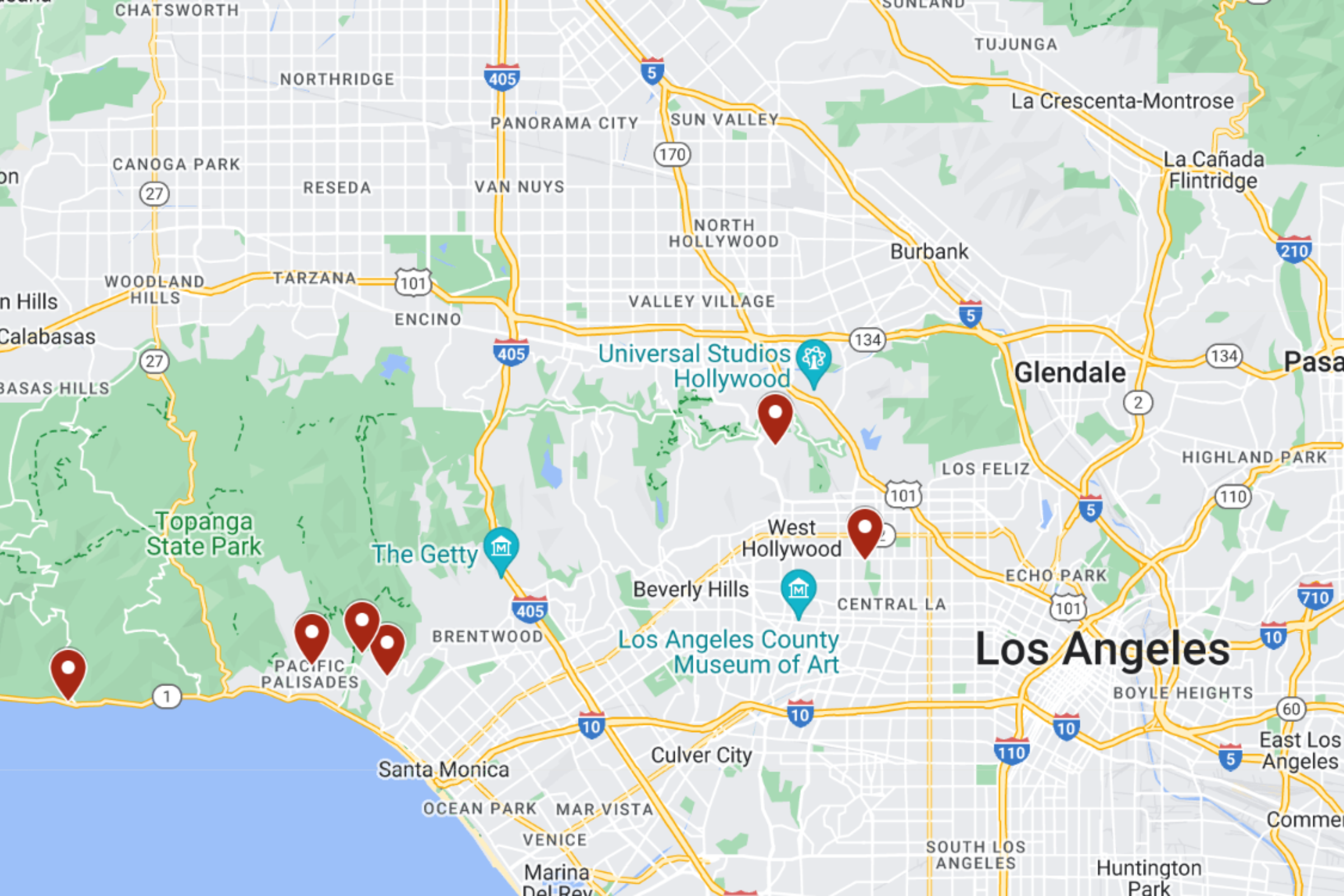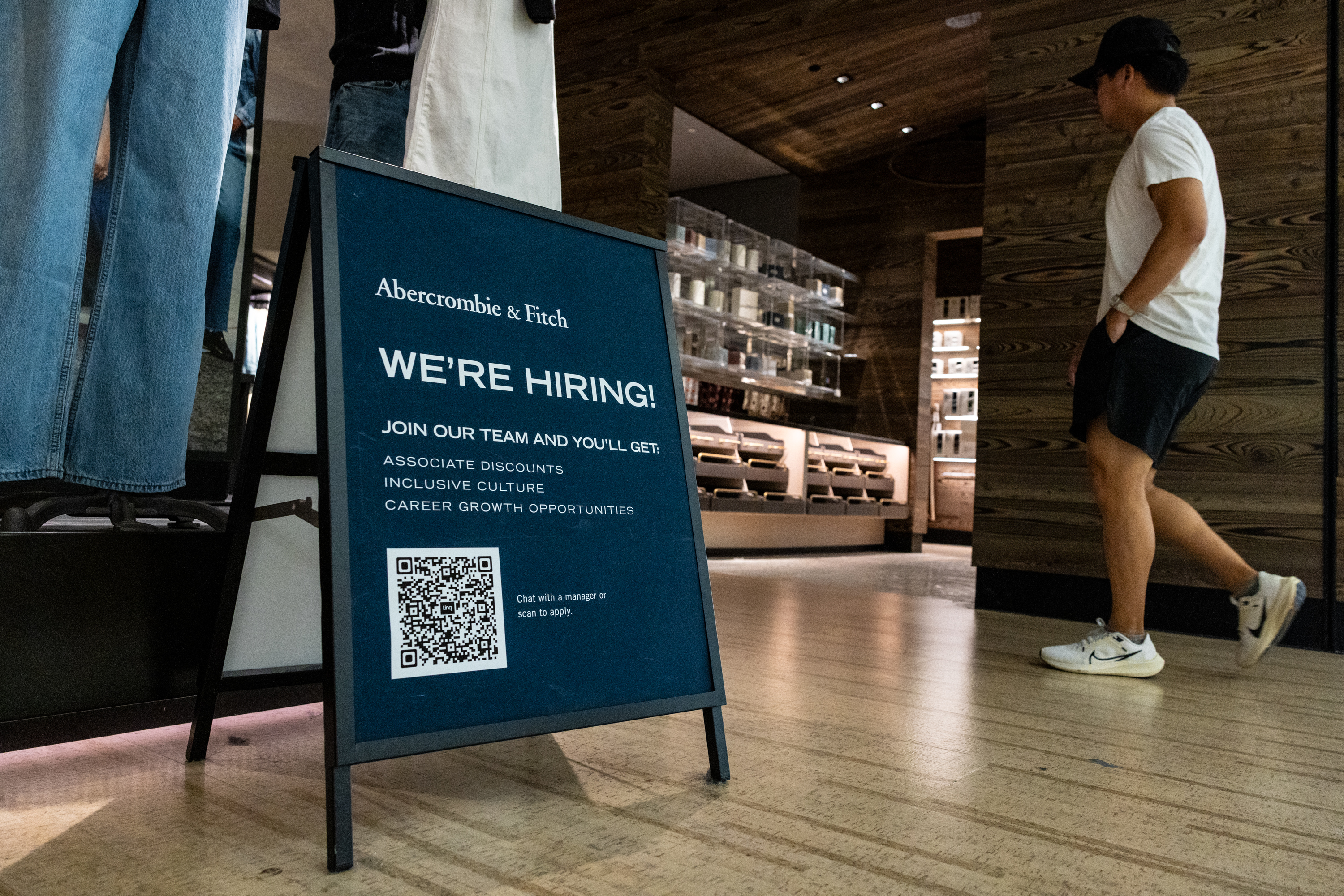The number of Americans applying for unemployment benefits fell to its lowest level in six months, as layoffs remain at relatively healthy levels.
According to the U.S. Labor Department, jobless claim applications decreased by 4,000 to 217,000 for the week of November 9. This figure is below analysts' forecast of 225,000 and suggests a stable labor market.
The four-week average, which smooths out weekly fluctuations, also fell by 6,250 to 221,000, reflecting a steady job market.
These weekly claims are typically viewed as an indicator of layoffs in the U.S. workforce. The recent data shows that the labor market remains resilient despite the Federal Reserve's efforts to curb inflation and economic growth slowdown.

Federal Reserve's Interest Rate Cuts
In response to weakening employment data and easing consumer prices, the Federal Reserve lowered its key interest rate in September by a half-percentage point.
It followed up with another quarter-point reduction last week. This shift in the central bank's strategy signals a focus on fostering job growth and avoiding a recession, as it transitions away from its initial focus on inflation and economic stability.
Newsweek has reached out to the Labor Department for comment via email.
Inflation and the U.S. Economy
The September rate cut marked the Fed's first reduction in four years after a series of hikes that raised the federal funds rate to a two-decade high of 5.3%.
Despite a slight uptick in inflation in October, prices have been steadily retreating since the 2022 peaks, bringing them closer to the Fed's target of 2%.
Recently, an inflation gauge closely watched by the Fed dropped to its lowest level in three and a half years, signaling improved price stability.

Job Market Trends and Recession Fears
During the first part of 2024, applications for jobless benefits averaged just 213,000 a week.
However, in May, the trend reversed, hitting 250,000 by late July. This shift suggested that high interest rates were starting to cool the U.S. job market, which had remained exceptionally tight.
In October, the U.S. economy added a modest 12,000 jobs, impacted by ongoing strikes and hurricanes that disrupted payrolls, especially in the private sector.
In August, the government revised employment data, showing 818,000 fewer jobs had been added between April 2023 and March 2024 than initially reported.
This adjustment was seen as evidence of a decelerating labor market, which prompted the Fed to cut rates. Continuing claims, which reflect the total number of Americans receiving unemployment benefits, fell to 1.87 million in early November, aligning with analyst expectations.
This article includes reporting from The Associated Press




















 English (US) ·
English (US) ·